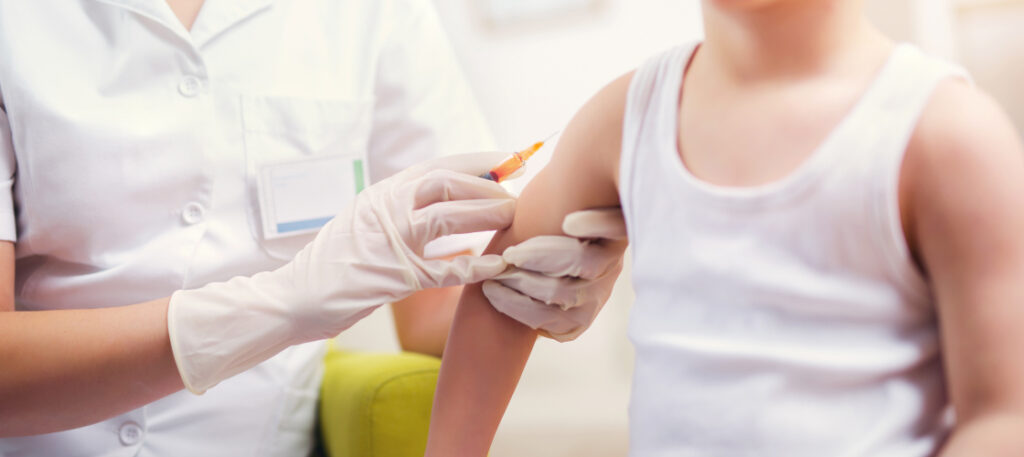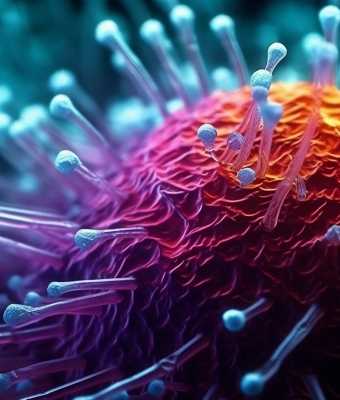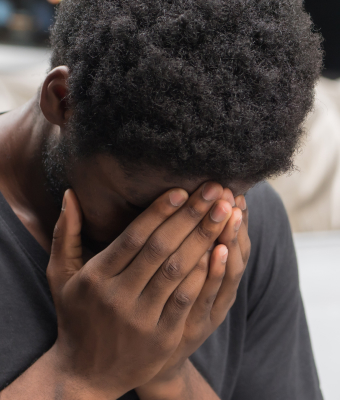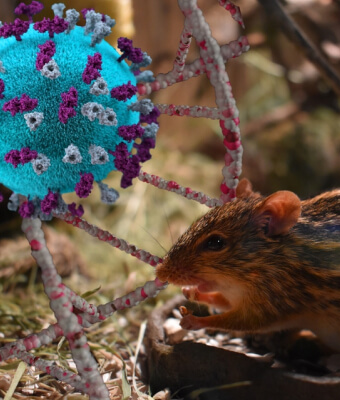The arrival of the pandemic brought with it a harsh blow to the commendable progress achieved in measles vaccination coverage. In 2019, around 94% of children received the first dose, with 83% even completing the second dose. However, as the dust of 2021 settles, these impressive numbers have dwindled to 86% and 78%, respectively. These disconcerting figures have left a whopping nine million young ones without any protection against measles, while an additional 5.3 million were only partially vaccinated, exposing them to the dangers of this deadly and infectious disease.
9 Million Children Left Unvaccinated in South-East Asia Region
Amidst the recent surge of measles cases, the World Health Organization (WHO) is sounding the alarm, urging countries in the South-East Asia Region to take swift action against this ruthless killer disease. Shockingly, almost nine million children have been left unvaccinated in the past two years alone, leaving them dangerously vulnerable to the devastating effects of measles. This call to arms coincides with the 12th anniversary of the region’s last recorded case of wild poliovirus, highlighting the urgent need for a renewed focus on disease prevention and control.
As a shining beacon of the WHO’s priorities, eliminating measles and rubella remains at the forefront of efforts in the South-East Asia Region. According to the WHO, between 2014 and 2021, the region achieved a 73% reduction in measles-related deaths and a 64% reduction in cases overall. A testament to their commitment, five out of the 11 countries in the region, including Bhutan, DPR Korea, Maldives, Sri Lanka, and Timor-Leste, have successfully eradicated measles. In addition to this, two countries, Maldives and Sri Lanka, have also achieved the elimination of rubella. Countries have been administering two doses of the measles vaccine as part of their childhood immunisation programme, and some have rolled out mass vaccination campaigns.
The pandemic effect
As the pandemic hit, the coverage of measles vaccination, which had achieved record highs of 94 percent for the first dose and 83 percent for the second dose in 2019, decreased to 86 percent and 78 percent, respectively, in 2021. This resulted in approximately nine million children remaining unvaccinated against measles, and roughly 5.3 million children being only partially vaccinated against this extremely contagious and deadly disease.
The reduction in vaccine coverage, alongside interruptions and delays in immunization and monitoring efforts caused by COVID-19, puts the region at risk of major outbreaks and derails progress toward the 2023 objective of eliminating measles and rubella.
Closing Immunity Gaps
The WHO stresses the urgency of closing immunity gaps through customized strategies that deliver the highest impact, such as catch-up campaigns, and enhancing routine immunization through improved microplanning. Additionally, countries must guarantee sufficient investment in laboratory-supported case-based surveillance to promptly identify measles cases and outbreaks, enabling a timely response.
The South-East Asia Regional Director of the WHO praised the region’s countries for their ongoing fight against polio. The region’s last recorded instance of wild poliovirus was 12 years ago in Howrah, West Bengal, India, and it has since maintained its polio-free status.
In November 2022, Indonesia experienced an outbreak of circulating vaccine-derived poliovirus type 2 in Aceh province. In response, the country carried out a prompt mass vaccination campaign using the novel oral polio vaccine type 2, which aimed to vaccinate 1.2 million children under the age of 13 in the province.
WHO projections indicate that the South-East Asia Region exceeded the globally recommended standards for polio surveillance indicators in 2022. Over 63,000 stool specimens were analyzed for poliovirus in the region’s laboratories that year, and more than 2,200 sewage samples were evaluated for polioviruses in 91 locations across six countries as part of environmental surveillance efforts.
In order to sustain population immunity to polioviruses, all countries in the region are currently administering bivalent oral polio vaccine and inactivated polio vaccine as part of their national immunization programs. Selected countries also conducted mass vaccination campaigns against polio during 2021 and 2022, with over 220 million children receiving additional doses of oral polio vaccine through these campaigns in each of the past two years.
Conclusion
As we wrap up, it’s clear that countries have been hard at work implementing various strategies to jumpstart and resume childhood immunization coverage and surveillance activities that were stalled by the COVID-19 pandemic. The question is: will these efforts continue, and will they be further fortified in order to preserve the region’s polio-free status and shield children from the dire and debilitating consequences of vaccine-preventable illnesses? The answer, of course, remains to be seen, but it’s imperative that we remain steadfast in our pursuit of this critical objective.
References
- World Health Organization. Polio last case anniversary, WHO calls on countries in South-East Asia to accelerate measures to also eliminate measles. . [Cited: 7 March 2023]. Available at: https://www.who.int/southeastasia/news/detail/13-01-2023-on-polio-last-case-anniversary-who-calls-on-countries-in-south-east-asia-to-accelerate-measures-to-also-eliminate-measles
- WHO calls upon countries in South-East Asia to accelerate measures to eliminate measles. [Cited: 7 March 2023]. Available at: https://health.economictimes.indiatimes.com/amp/news/industry/who-calls-upon-countries-in-south-east-asia-to-accelerate-measures-to-eliminate-measles/96963169






